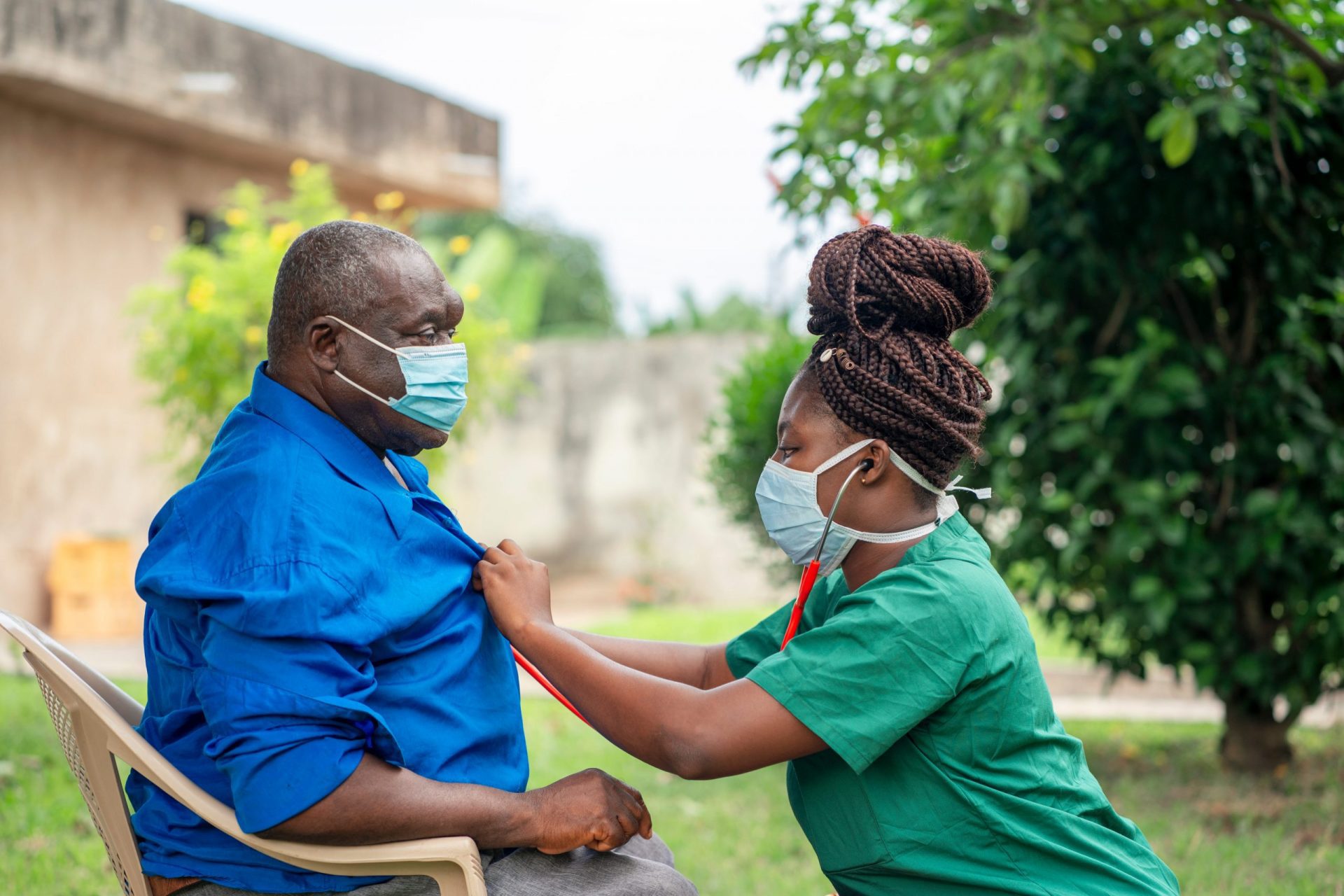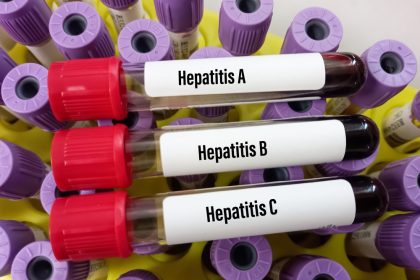In the overwhelming landscape of cancer diagnoses, one couple’s experience with multiple myeloma illuminates the profound impact of medical innovation on human lives. When faced with a dire prognosis for this rare blood cancer, they discovered how rapidly evolving treatments can transform not just survival odds but the ability to envision and plan for future moments of joy.
The unexpected diagnosis
The medical journey began unexpectedly in 2017 with what appeared to be pneumonia requiring hospitalization. This initial health crisis evolved into a series of medical challenges that culminated in a devastating multiple myeloma diagnosis in 2018. This uncommon cancer affects plasma cells within bone marrow, leading to significant complications including bone damage and organ dysfunction.
The initial prognosis delivered by medical professionals was sobering – survival estimates ranged from merely three to six months without intervention, and even with treatment, the outlook extended to only three to five years at most. The aggressive nature of the disease at diagnosis meant immediate action was necessary, even as the couple processed this life-altering information.
Multiple myeloma represents approximately 1.8% of all new cancer cases in the United States annually, creating a relatively small but deeply affected community of patients seeking effective treatments. The relative rarity of the condition often means patients and families navigate an unfamiliar medical landscape with limited public awareness or support networks.
Early treatment challenges
The initial treatment phase brought significant disappointment as conventional therapies failed to effectively control the disease progression. This created an emotional and psychological burden that weighed heavily on the patient and family, particularly as they contemplated missed future milestones with their two sons.
“Finding any hope and positive energy was difficult,” the patient acknowledges. “I was filled with fear about what lay ahead.”
The emotional toll of ineffective treatments extends beyond the physical symptoms, affecting mental health, family dynamics, and the ability to maintain optimism. Studies consistently show that cancer patients experiencing treatment failures face heightened risks of depression and anxiety, creating additional challenges during an already difficult time.
Healthcare professionals recognize this phase as particularly critical for providing comprehensive support that addresses both physical symptoms and psychological needs. Without effective intervention, patients may experience deteriorating quality of life even beyond what the disease itself causes.
The immunotherapy breakthrough
Hope emerged through an innovative cellular immunotherapy treatment designed to combat multiple myeloma that had proven resistant to standard approaches. This cutting-edge therapy works by genetically modifying a patient’s own T-cells, essentially reprogramming the immune system to recognize and attack cancer cells specifically.
The scientific approach represents a significant departure from traditional cancer treatments, offering a targeted mechanism that harnesses the body’s natural defenses rather than relying solely on external interventions. For patients who have exhausted conventional options, this precision medicine approach offers a new pathway when previous treatments have failed.
After beginning this personalized treatment, the medical team began noting encouraging changes in key markers. “After a few weeks, my doctor started to see some positive results,” the patient reports. This early response provided the first glimpse of optimism after a prolonged period of disappointment.
Reclaiming future possibilities
The positive treatment response transformed the family’s outlook, allowing them to contemplate experiences previously considered impossible. Simple yet profound moments like witnessing a grandchild’s early developmental milestones took on extraordinary significance against the backdrop of their earlier prognosis.
Perhaps most symbolic of their renewed hope was the decision to purchase concert tickets for a future event in Las Vegas. This seemingly ordinary action represented an extraordinary shift – the ability to plan ahead with reasonable confidence that those plans might be realized. “It felt like we could breathe again,” the spouse reflects.
This psychological transition from focusing primarily on treatment and survival to reengaging with life’s pleasures marks a critical turning point in the cancer journey. Research indicates that this restored ability to anticipate positive future experiences significantly impacts quality of life measures and even influences physical health outcomes.
Building resilience through connection
Throughout their journey, the couple developed insights about navigating serious illness while maintaining relationships and emotional well-being. They emphasize several key strategies that proved valuable:
Openly acknowledging the emotional impact of the diagnosis rather than attempting to maintain a constantly positive façade allowed for authentic communication about fears and concerns. This transparency created space for genuine support rather than forcing emotional suppression.
Actively seeking multidimensional support became essential. Beyond medical teams, social workers and organized support programs provided resources and perspective that family members alone couldn’t offer. These professional networks often understand nuances of the cancer experience that even well-meaning friends may miss.
The couple also recognized how serious illness inevitably reshapes relationship dynamics. Being intentional about expressing gratitude and maintaining open communication helped strengthen their connection during exceptionally challenging circumstances.
The science behind the treatment
The immunotherapy approach represents a sophisticated advancement in cancer treatment, utilizing cellular engineering to create a targeted response to malignant cells. The process involves collecting a patient’s T-cells through apheresis, genetically modifying these cells to recognize specific cancer markers, then reintroducing them into the patient’s bloodstream.
These modified cells contain chimeric antigen receptors (CARs) that enable them to identify and attach to proteins found on multiple myeloma cells. Once attached, these engineered cells can destroy the cancer cells more effectively than the body’s unmodified immune response.
This type of treatment belongs to a rapidly evolving category of personalized medicines that customize therapy based on individual patient factors rather than using standardized approaches. While promising, healthcare providers emphasize the importance of thoroughly discussing potential side effects, which range from mild immune responses to more serious complications requiring monitoring.
A continuing journey
The road from diagnosis through treatment represents not an endpoint but rather a transition to a different phase of life – one with ongoing medical monitoring but also with renewed capacity for enjoyment and planning. While cure remains elusive for many multiple myeloma patients, the development of more effective treatments has shifted the disease management paradigm toward a chronic condition model for some individuals.
For patients and families navigating similar journeys, this experience offers a template for balancing realistic medical expectations with the psychological benefits of hope. The evolution from focusing exclusively on survival to contemplating quality of life represents a profound shift made possible through advances in treatment options.
As researchers continue developing and refining cellular therapies and other innovative approaches, the landscape for multiple myeloma patients continues evolving. Each successful treatment experience contributes to the collective understanding of how these therapies perform in real-world settings, potentially benefiting future patients facing similar diagnoses.
Through their journey from devastating diagnosis to renewed hope, this couple’s experience illuminates how medical innovation extends beyond statistical survival improvements to transform the lived experience of serious illness. Their story demonstrates how cutting-edge treatments can restore not just physical health but also the precious ability to anticipate future joy – from witnessing a grandchild’s first steps to planning a concert outing, moments that collectively constitute a life worth fighting for.

















